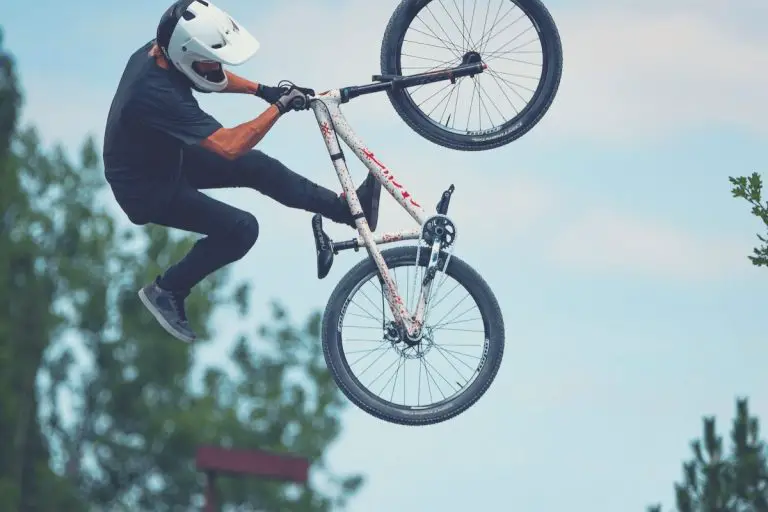If you have even an inkling of information about mountain biking, there’s no doubt that you’ve heard the terms “hardtail” and “full suspension” before. When you’re first getting started, it can be tough to know the difference between the two. As for seasoned riders? It can be tough figuring out which MTB is the right choice!
Choosing between a hardtail or full-suspension mountain bike? It will depend on your budget, average ride length, and riding skill. As a general rule, riders will find hardtail mountain bikes are more affordable and better for beginners. On the other hand, full-suspension bikes are pricier and better suited for advanced obstacles and terrain.
This article will cover the main differences between hardtail and full-suspension MTBs. We’ll also cover some basics about bike suspension in general. By the end of this article, you should feel totally comfortable deciding which bike is perfect for you!
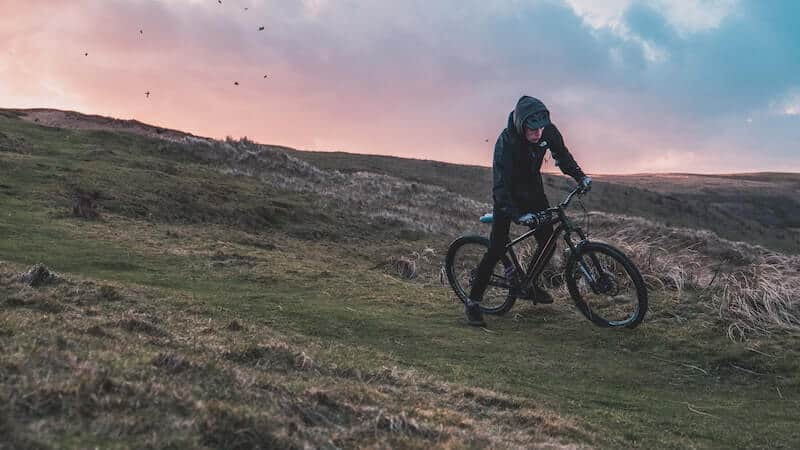
MTB Suspension Basics
Before we can move into the main physical differences between hardtail and full-suspension bikes, we need to cover some suspension basics for those who may not yet be familiar with the different mountain bike components. If you are a mountain bike expert, feel free to skip ahead!
After this section, you should feel comfortable understanding the difference between the damper and spring, among other things!
First, what’s the point of different suspension systems? Suspension allows the rider to fine-tune their bike to fit their exact needs. You can adjust things like the amount of control you have, as well as the overall comfort of your ride.
Here are the main parts of a mountain bike’s suspension:
- Fork: The fork, also known as the front suspension or front shock, is the fork-shaped framework at the very front of the bike. Because of its standard size and shape, forks can be easily changed out regardless of the make of your bike
- Rear shocks: Integrated into the bike’s frame, rear shocks are built more specifically to fit your exact model and cannot be exchanged out as easily. They add an extra level of suspension support for rougher rides
- Spring: The spring and damper are components of the rear shocks. The spring’s job is to provide resistance. Most mountain bikes are equipped with air springs, as those are the most common
- Damper: Another part of the rear shocks, the damper works to control the resistance that the spring provides
Some other suspension terminology you may come across when reading up on mountain bikes include:
- Compression damping: The term for controlling the rate at which the suspension will compress
- Speed: The speed at which the suspension shaft compresses
These are just the very basics of suspension; be sure to do your research if deciding between more elaborate models.
Now that we’ve covered mountain bike suspension basics, we can move into the differences between hardtail and full-suspension MTB systems.
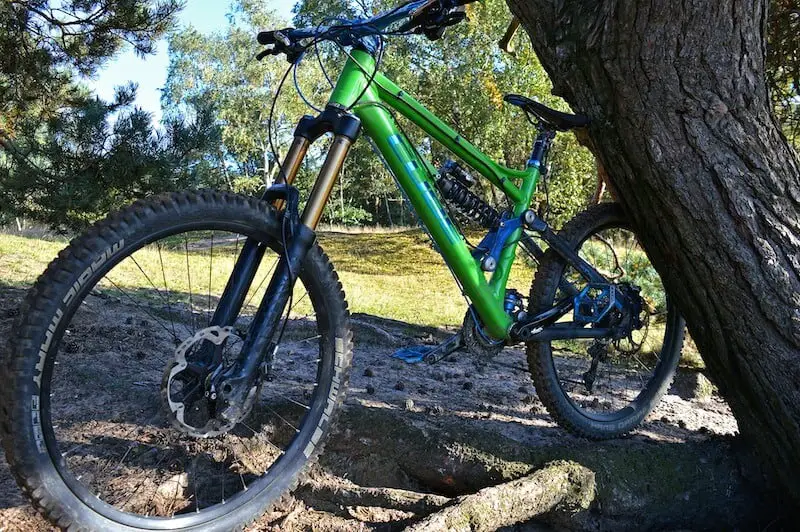
Differences Between Hardtail And Full Suspension MTBs
In this section, we’ll cover the physical differences between hardtail and full-suspension bikes as well. Then we’ll move onto the pros and cons of both bike types.
As you might have guessed, the differences lie in the suspension systems. Because the amount of suspension you prefer will vary, so does the specific type of bike you need!
From the outside, the two bikes are not ridiculously different. However, the changes in suspension mean all the world when it comes to a smooth and comfortable ride.
What Is A Hardtail MTB?
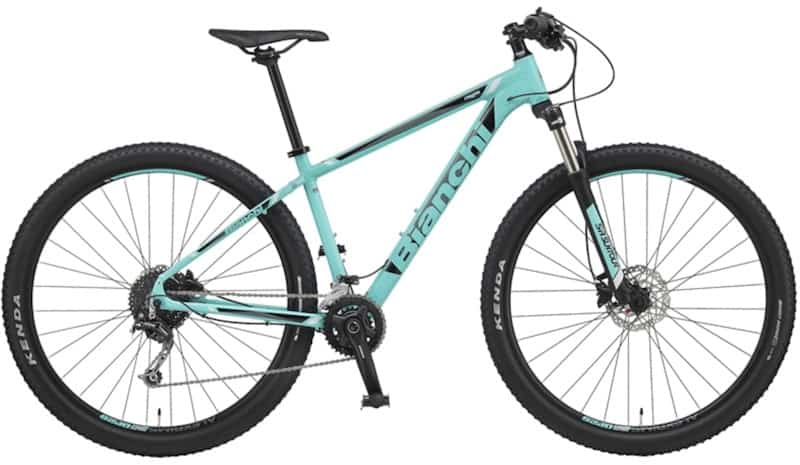
A hardtail mountain bike has a relatively simple and solid frame. There are fewer components to both the frame and the suspension system. This makes it an easier bike to maintain, especially for beginners. The suspension system consists of a suspension fork at the front of the frame. As the name suggests, there is no rear suspension!
Because the hardtail only has front suspension, it’s not suited for bumpier terrain. Instead, it should be reserved for smoother riding and other scenarios where additional suspension won’t be as necessary.
By all means, you can absolutely use it for rougher terrain, and plenty of people do! However, if you are not used to such riding, your joints won’t be thanking you after!
Here’s a slightly biased opinion on why hardtail MTBs are so awesome:
What Is A Full Suspension MTB?
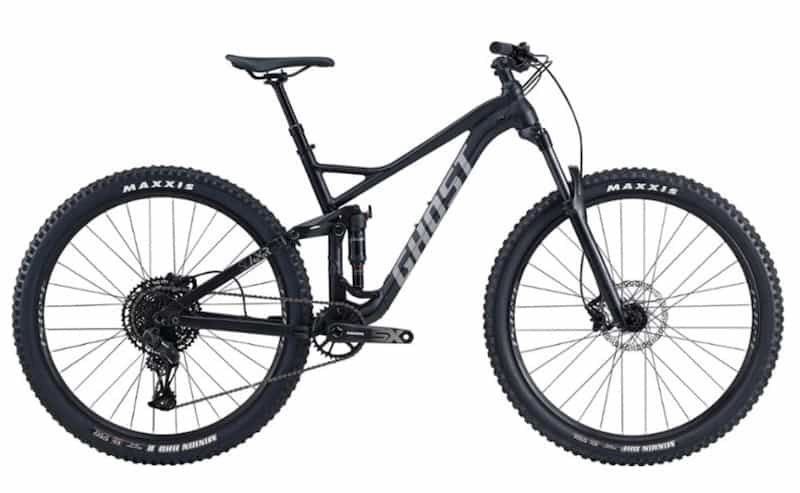
The frame of a full-suspension bike consists of two main parts:
- Front triangle
- Rear triangle
In addition to a front suspension fork, the full-suspension system also includes rear shocks. The extra components in the system make the bike more suited for bumpier, more technical rides.
However, because more pieces are involved, maintaining a full-suspension bike is a bit of a challenge. Better read up on how to take care of your bike before purchasing it!
Hardtail vs Full Suspension MTB: Which Is Better?
As with a lot of these types of questions, there’s no straightforward answer. The right bike depends on your personal preferences. Are you skilled with maintenance, or would you prefer something without a lot of moving parts? Do you like to race? How much money are you hoping to spend (or save)?
All of these questions are important to ask yourself when deciding what type of mountain bike to buy. Both hardtail and full-suspension bikes are excellent choices; they’re simply different!
The table below outlines the main differences between the two, so you can familiarize yourself with the pros and cons of each:
| Hardtail Mountain Bike | Full Suspension Mountain Bike |
| Good for beginners | Suitable for all levels, but better for more experienced riders |
| Fewer moving parts | Higher maintenance |
| More affordable | More expensive |
| Better for smoother trails | Better for rough terrain |
| Lighter | Heavier |
| Better for short distances | Better for longer distances |
| Best for cross-country racing | Useful for all types of racing |
To give you a better idea of the pros and cons between hardtail and full-suspension mountain bikes, the next few sections will detail some of the features listed above so you can determine which MTB is best for your riding needs.
Pricing
The exact cost of your mountain bike will obviously depend on the specific components as well as the manufacturing company. According to Bike Attack, a typical hardtail mountain bike will cost anywhere between $450 and $7,000. However, but leans towards the more affordable side. Remember: you get what you pay for!
Full-suspension bikes, on the other hand, are a bit more of an investment. According to REI, most start around $1,500 and work upwards. As you can see, the beginning cost of a full-suspension mountain bike is almost four times that of a hardtail.
Terrain
Mountain bikes cover various terrains, and the amount of suspension your bike has should depend partly on where you enjoy riding the most. As mentioned above, hardtail bikes are better for smoother terrains, while full-suspension bikes are better for rougher and rockier rides. But why is that?
Simply put, hardtail bikes have less suspension than full-suspension bikes. Therefore, a hardtail MTB isn’t capable of soaking up as much jostling, and you’re likely to feel too many bumps if you were to take it onto a rockier terrain.
Therefore, hardtail bikes are better for smoother surfaces such as:
- Pavement
- Roads
- Walking trails
In contrast, full-suspension bikes are better for trails with:
- Rocks
- Roots
- Lots of hills and drops
Maintenance
Hardtail bikes don’t have rear suspension so they have less moving parts. The less parts, the lower the maintenance cost! During rides, it also helps avoid any potential issues that come along with a malfunctioning suspension on the rear wheel. This is a common issue to experience with a bike, so less stuff to worry about!
On the other hand, some people enjoy the process of tinkering with their bikes. Something to think about whilst making your final buying decision!
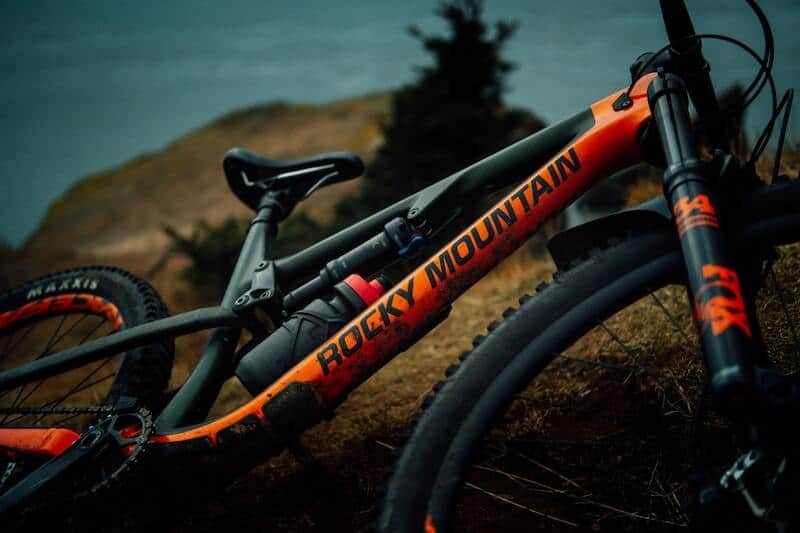
Final Thoughts
The MTB that’s right for you will come down to your budget and the type of terrain you ride on. Hardtail MTBs are usually on the more affordable side, although they are not equipped for riding on rough terrain. On the other hand, full-suspension MTBs can handle advanced terrain, although they are considerably more expensive.
If you’re still not sure which mountain bike is best for you, check out our mountain bike roundups:
- 6 Of The Best Mountain Bikes Under $500
- 5 Of The Best Mountain Bikes Under $1,500
- Best Hardtail Mountain Bikes for Adventurous Bikers
At the end of the day, we’re here to help you make the best decision for you. We hope this article has cleared up some questions you may have about two of the most popular types of mountain bikes!

